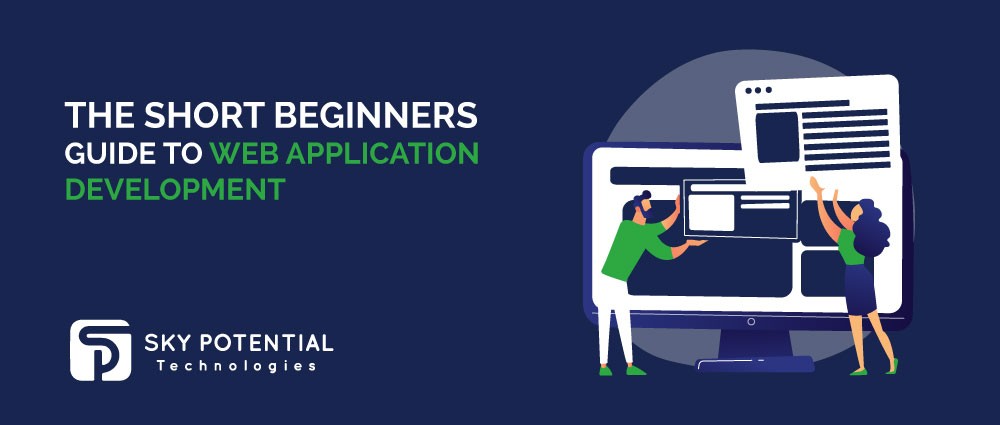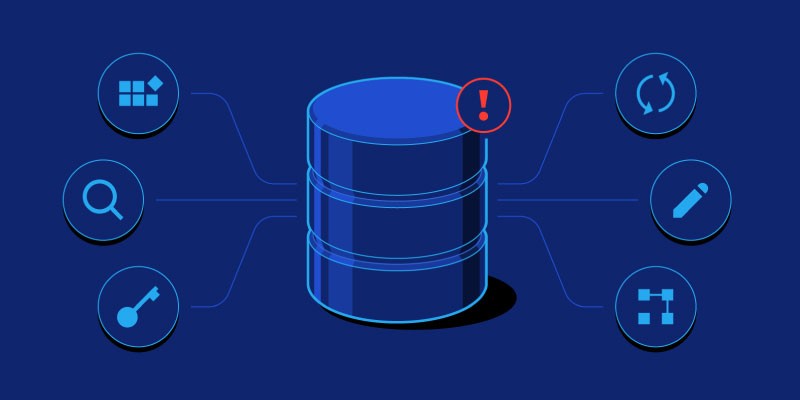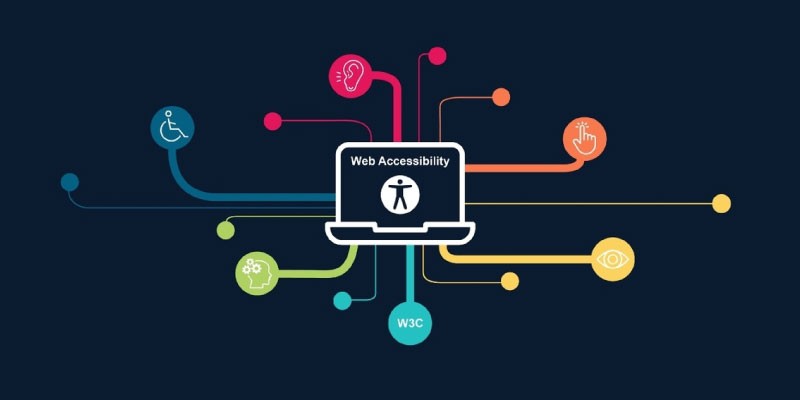- AI

Artificial Intelligence

Smart Products & Services
We follow Smart Products & Services

Intelligent Business Functions & Processes
We follow Intelligent Business Functions & Processes

Robotic Process Automation
We follow Robotic Process Automation

Personalized
healthcareWe follow Personalized healthcare

Identifying at-risk patients
We follow Identifying at-risk patients

Optimized routing and scheduling
We follow Optimized routing and scheduling
- ML

Machine Learning

Predictive
AnalyticsWe follow Predictive Analytics

Service Personalization
We follow Service Personalization

NLP
We follow NLP (Natural Language Processing)

Stock Market Forecasting
We follow Stock Market Forecasting

Fraud Prevention
We follow Fraud Prevention

Recommender engines
We follow Recommender engines
- blockchain

Blockchain

Public Blockchain
We follow Public Blockchain

Private Blockchain
We follow Private Blockchain

DEFI
We follow DEFI Blockchain

Initial stake pool offering development
We follow initial stake pool offering development
- IOT

Internet of Things
- AR
- Business Solutions

Business Solution

Business Performance Management
We follow Business Performance Management

Decision Making & Big Data Analytics
We follow Decision Making & Big Data Analytics

Enterprise Data Management
We follow Enterprise Data Management
- Apps

Apps

Native Apps
We follow Native Apps

Cross Platform Apps
We follow Cross Platform Apps

Web Apps
We follow Web Apps

Hybrid Apps
We follow Hybrid Apps

Cloud Native Apps
We follow Cloud Native Apps
- Lab

The Short Beginners Guide To Web Application Development
In today’s digital and technological era, there is an ever-growing trend for website development. The demand for web based programming is rising at a steady rate and people are flocking to this career. Many IT Companies offer thriving and long-lasting career opportunities for fresh IT graduates.
They have a basic requirement of a bachelor of sciences (BS) degree with majors in computer science or software engineering. Businesses provide internship placements for new candidates and open doors for them to step on the first ladder that leads them to success.
Many internees ask for a piece of career advice and look for proper guidance and support to clear their mind from confusion and focus on their profession.
Here is a short beginner guide to web application development services for new hire resources to choose the right career option and succeed ahead:
How To Become A Web Application Developer?
Becoming a web application developer is a slow and steady process, it requires four years of standard education from a reputed university. After finishing the degree, anyone can apply for an internship in small and large enterprise software organizations.
These companies hire interns for the initial three months and provide basic to advanced training to the candidate. There are flexible working hours and more learning opportunities for graduates to make their career in web app development.
Types Of Web Application Development
There are numerous types of website application development including as:
Front-End Web Application Development

It is also popularly known as client-side application development. This kind of web app development is based on the scripting languages like Html, CSS, and JavaScript. Html stands for a hypertext mark-up language and is used for creating static websites. It builds a basic foundation structure of a website and shows a simple website display on browsers.
CSS is an abbreviation for Cascading Style Sheet and is used to enhance the look and feel of a website. It beautifies a static Html website document and presents a stylish look to the users. Last but not the least, is JavaScript. It has the power to transform a dull static website into robust and dynamic.
Back-end Web Application Development

The back-end web application development is referred to as server-side application development. It includes a wide choice of native and open-source programming languages such as C# pronounced as C-Sharp. It is a native app that works and runs on the Microsoft Dot Net platform.
There are also open-source languages, for instance, PHP, Python, Ruby on Rails, Java, Perl, Swift, C++, and JavaScript. Open-source languages are beneficial to run on multiple cross-compatible browsers and display on various devices. They are built with easy to understand compiler and debugger source code and can be customized as per the clients’ requirements.
Database Web Application Development

The database development consists of platforms like Oracle, Dbase, Sybase, Informix, Tera data, SQL, and SAP. They need robust server architecture for execution. Apache and Linux are the most powerful and reliable tools for request and response communication. It has a basic requirement of understanding network and object-oriented programming concepts.
Software Application Development

Many leading software development services build web applications for local and global customers. Software applications are built for customers and help simplify their tasks. There are numerous varieties of apps developed for businesses such as office apps, time and task management apps, project management apps. The ease and comfort of the employees in performing their daily routine tasks save their time and effort.
Benefits of Web Application Development
Here are the following advantages of using web application development:
Ease of Accessibility

It is a favorable benefit to building custom web-based applications. They can be accessed anytime with ease of data retrieval from the internet. Due to the faster speed of the internet, there is no downtime in loading and executing an application. Desktop apps are slow and need constant upgrade requirements to access the data.
Efficiency

Web apps are efficient and show an instant display on any browser at any time. They have no downtime issues in loading an application. Microsoft word and excel are remarkable examples of web application development that save time and provide accurate results. Employees can run various reports on spreadsheets and deliver excellent performance to clients.
Security and Scalability

These are the prime aspects that allow businesses to design tailor-made web apps that offer dynamic functionality and data security. They help reduce the issues of theft or missing data due to cloud storage features. Businesses can add or modify the web apps according to the clients’ requirements.
Bottom Line
Hence, in a nutshell, these above-mentioned are the essential types and benefits of web application development. Nowadays, the trend of a web application is being replaced by mobile application development services. They are responsive and offer excellent UX design display for customers.
Also Read: 10 Benefits Of It Services Company

















































Leave a Reply